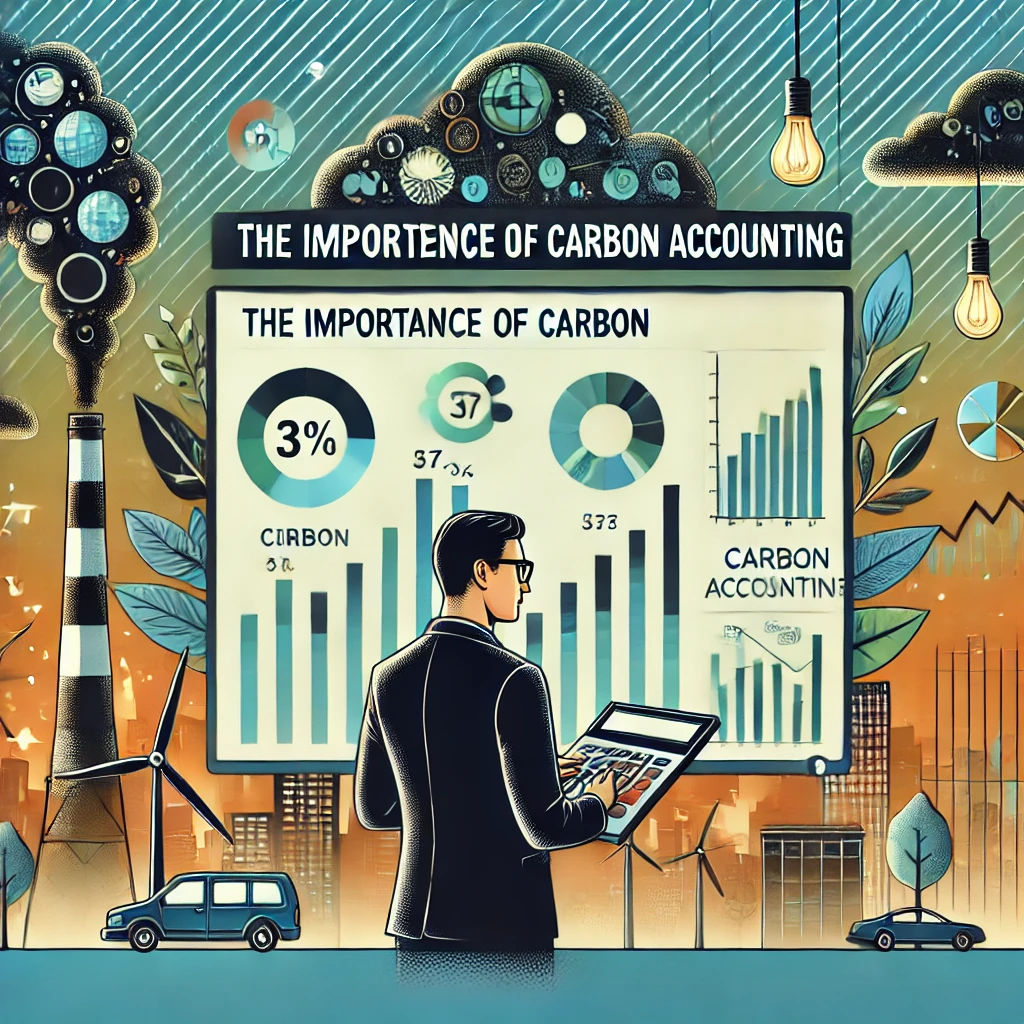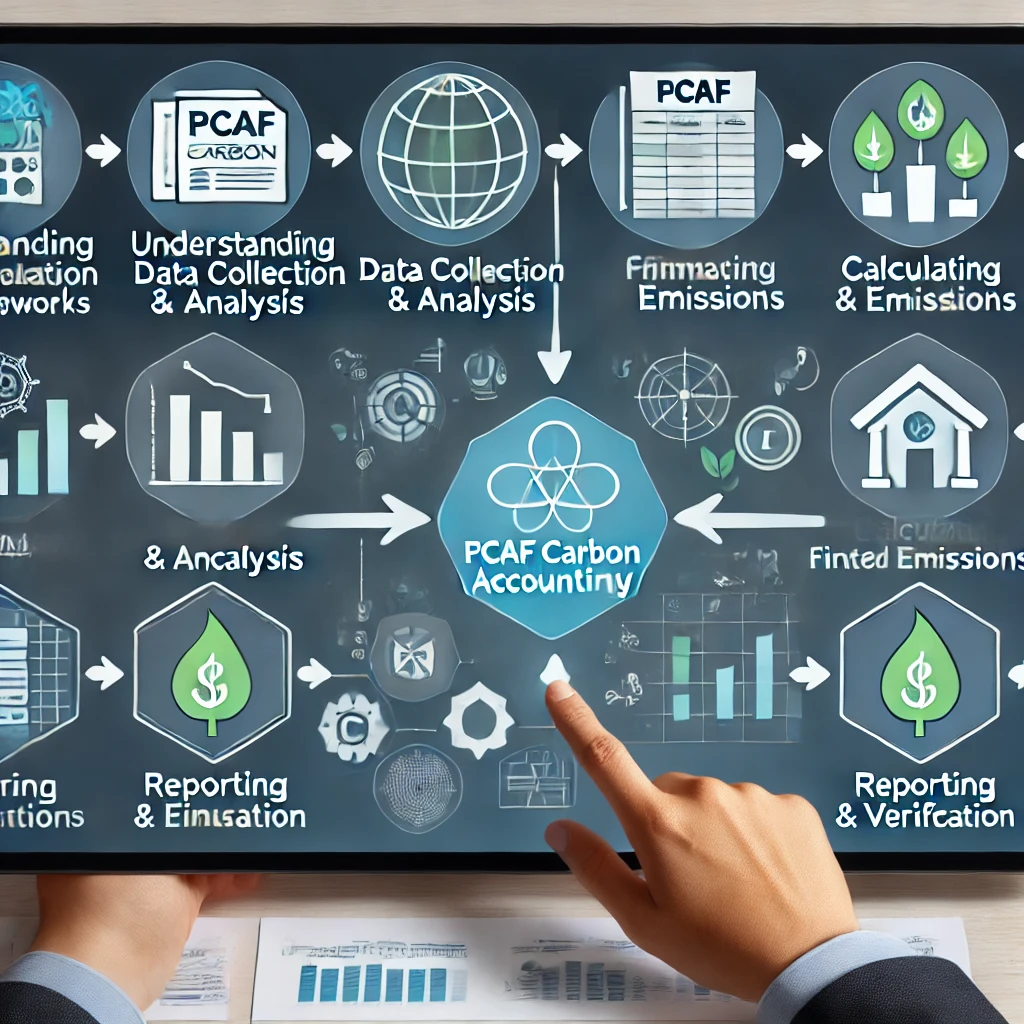Cloud Computing’s Hidden Carbon Cost
Introduction
Cloud computing feels invisible. We click, stream, code, and deploy with ease, thinking it’s all just floating “somewhere up there.” But behind every search query, Netflix binge, or AI model is a data center chugging electricity and pumping out carbon emissions. The tech world rarely admits it, but cloud computing comes with a carbon cost.
This blog dives into the environmental footprint of cloud computing. We’ll break down what’s really happening behind your virtual workloads, why it matters more than ever, and what companies can do about it.
How Cloud Computing Generates Carbon Emissions
1. Data Centers Aren’t Weightless
Every cloud service depends on physical infrastructure, data centers filled with servers, cooling units, and backup power systems. These centers consume massive electricity 24/7. A single hyperscale data center can use as much power as a small town.
2. Electricity Mix Determines Carbon Output
Where the data center is located, and how that grid generates power, makes or breaks its sustainability score. A server farm in Norway might run on hydro. One in Virginia? Mostly fossil fuels.
3. The AI Boom Is Making It Worse
AI models like GPT, LLMs, and image generators don’t just consume data, they inhale electricity. Training one large model can emit as much CO₂ as five cars over their entire lifetimes. And inference (running the model repeatedly) adds to the footprint.
4. Always-On Services Waste Energy
Cloud computing supports services that are always on, regardless of actual use. That includes idle SaaS dashboards, backup servers, and countless microservices spinning in the background.
ALSO READ
The Real Numbers: Cloud’s Hidden Carbon Stats
- 3% of global electricity use now goes to data centers.
- This could hit 8% by 2030 if growth continues unchecked.
- Cloud providers consume hundreds of terawatt-hours per year, comparable to entire countries.
- A single Google search emits around 0.2g of CO₂. Now multiply that by billions per day.
These aren’t fringe stats. They’re central to the sustainability crisis that Big Tech rarely addresses head-on.
Greenwashing vs Genuine Action in Big Tech
✅ What’s Being Claimed:
- “We’re carbon neutral.”
- “Our cloud is 100% renewable.”
- “We offset all emissions.”
Sounds great, right? But…
❌ What’s Often Hidden:
- Offsets don’t reduce emissions, they shift them.
- “100% renewable” may include RECs (renewable energy certificates), which don’t guarantee real-time clean power.
- Many data centers are powered by grids still dominated by gas or coal.
Until cloud providers tie workloads to real-time clean energy, those claims are more marketing than meaningful.
Case Studies: Who’s Doing What?
🌱 Google Cloud
- Uses carbon-intelligent computing to shift workloads to cleaner times/locations.
- Reports on real-time carbon usage.
- Actively invests in clean energy near its data centers.
⚡ Amazon Web Services (AWS)
- Largest cloud provider, but historically vague on transparency.
- Promised to be net-zero carbon by 2040.
- Still operates many centers on fossil-heavy grids.
☁ Microsoft Azure
- Aims to be carbon negative by 2030.
- Focused on Scope 3 emissions too (indirect emissions, e.g., user operations).
- Publishes detailed sustainability reports, but lacks real-time tracking.
So What Can Be Done? (And What Can You Do?)
For Companies Using the Cloud:
- Choose Your Region Wisely
Use cloud regions powered by clean energy (like Oregon or Finland). - Use Serverless and Autoscaling
Pay for what you use. Reduce idle time and overprovisioning. - Monitor Carbon-Aware APIs
Tools like Microsoft’s Emissions Impact Dashboard or Cloud Carbon Footprint can track emissions. - Set a Cloud Sustainability Budget
Just like cost budgeting, track and limit carbon usage per team/project. - Push Vendors for Transparency
If you’re paying for cloud, ask what powers it. Make sustainability part of vendor contracts.
For Developers and Engineers:
- Optimize code. Less compute = less power.
- Batch jobs during clean energy hours (if supported).
- Use low-carbon models and data formats.
- Decommission unused resources aggressively.
Why This Matters Now
It’s tempting to think the cloud is someone else’s problem. But here’s the thing: The cloud is us. If you’re deploying apps, running AI, or shipping software, you’re using cloud power. Which means your digital decisions have a physical footprint.
And as digital grows, so does its environmental impact. Ignoring cloud emissions now is like ignoring plastic waste in the 1990s, until it’s too late.

FAQs
1. How is the cloud different from traditional IT infrastructure in terms of emissions?
Cloud platforms are more efficient at scale, but also concentrate energy use. Depending on the provider and region, emissions can be higher or lower than on-premise systems.
2. What are Scope 3 emissions in cloud computing?
Scope 3 refers to indirect emissions, like how customers use cloud services. They’re often overlooked but make up a significant portion of carbon impact.
3. Can renewable energy completely cancel out cloud emissions?
Only if it’s matched in real-time, not just annually. Otherwise, fossil fuels still fill the gaps.
Call to Action
Ready to rethink your cloud strategy?
Start factoring sustainability into your cloud decisions. Your app’s performance shouldn’t cost the planet.




